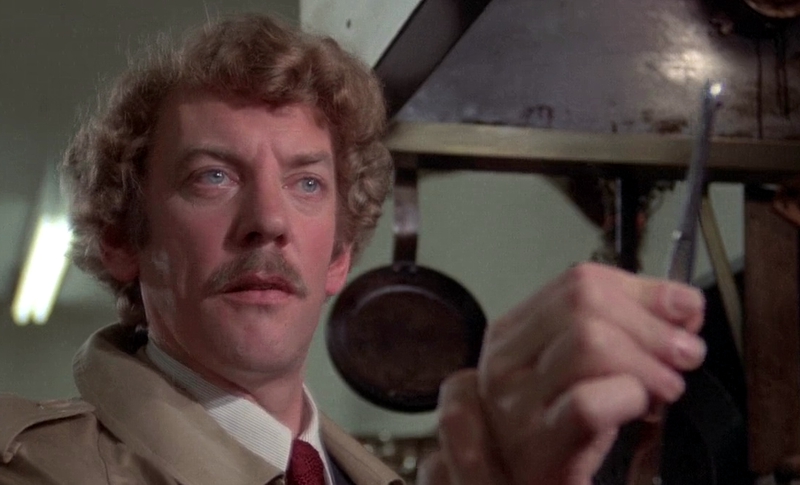
Sometimes talking about big ideas is difficult. Often times having a message in a film can lead to feelings that the audience is being pandered to. Social commentary is an especially difficult topic to broach. But when used allegorically through the lens of horror movies, lots of societal issues can be discussed without the added weight of importance of message or expectations. Here are some of the best examples of horror movies used as social commentary.
1. Get Out
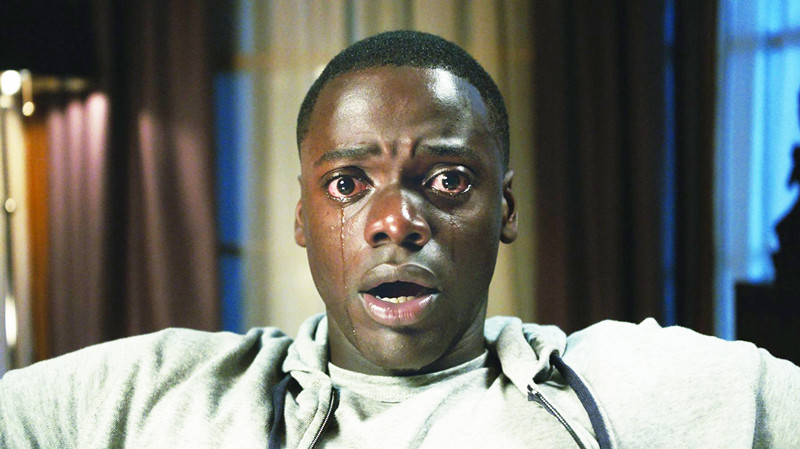
Get Out could have been a horror movie without the added social commentary. Meeting the parents of your significant other for the first time can be a very scary proposition. Nobody wants to make a bad first impression. But by adding the fact that the boyfriend is black and the girlfriend is white, Get Out manages to turn up the dial to an uncomfortable level immediately.
Tensions are quickly eased as Chris meets Rose’s parents and they are very much the tolerant liberals she has made them out to be. But as Chris starts to meet the other people of the sleepy little town, he begins to see the mindset of the entire group. Young African American men and women having odd relationships with the older white people of the town. An oddly welcoming attitude specifically towards him. Chris is so distracted by how off everything seems that he doesn’t even notice the trap closing around him.
Once it ramps up into the bonkers conclusion, all of the subtext in the movie is brought center stage. Subjugation of another man. Appropriation of culture. The removal of the individual. Jordan Peele has made a masterpiece of psychological terror that also asks tough questions at the same time. And all of that was done while still making a nail biter that delivered to audiences.
2. Rosemary’s Baby
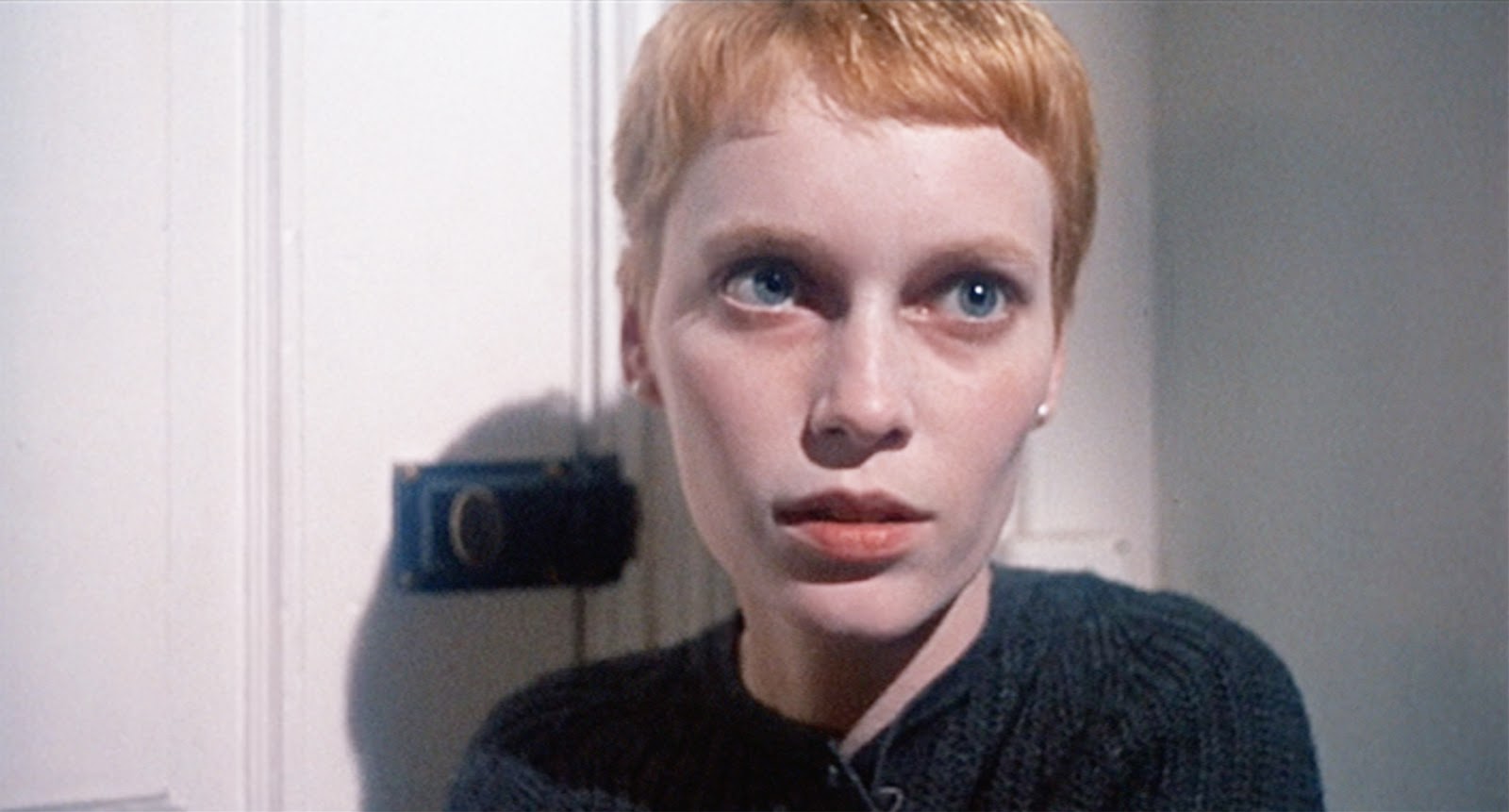
The world of Rosemary’s Baby is wildly different than the world of today. Gender roles were still stuck with tradition. The man was the provider of the family. A woman shouldn’t even have a job outside of caring for the household and being a mother. And she will perform that role without question or complaint.
Rosemary really wants to conform to that role. It’s just that’s she’s pretty sure she was raped by the devil and is carrying the Antichrist. And isn’t that enough to push anyone over the edge?
What is especially terrifying about Rosemary’s Baby is how isolated Rosemary is. She is both far away and ostracized from her family. The one friend she had made in New York City suddenly dies under mysterious circumstances. And she questions the motives of the overly friendly old couple that live next door to them.
A woman was very much the property of her husband back then. She had no real rights of her own. Rosemary’s Baby puts gender roles under the microscope right before these roles were changed forever in the late 60s and early 70s.
3. Tales From The Hood
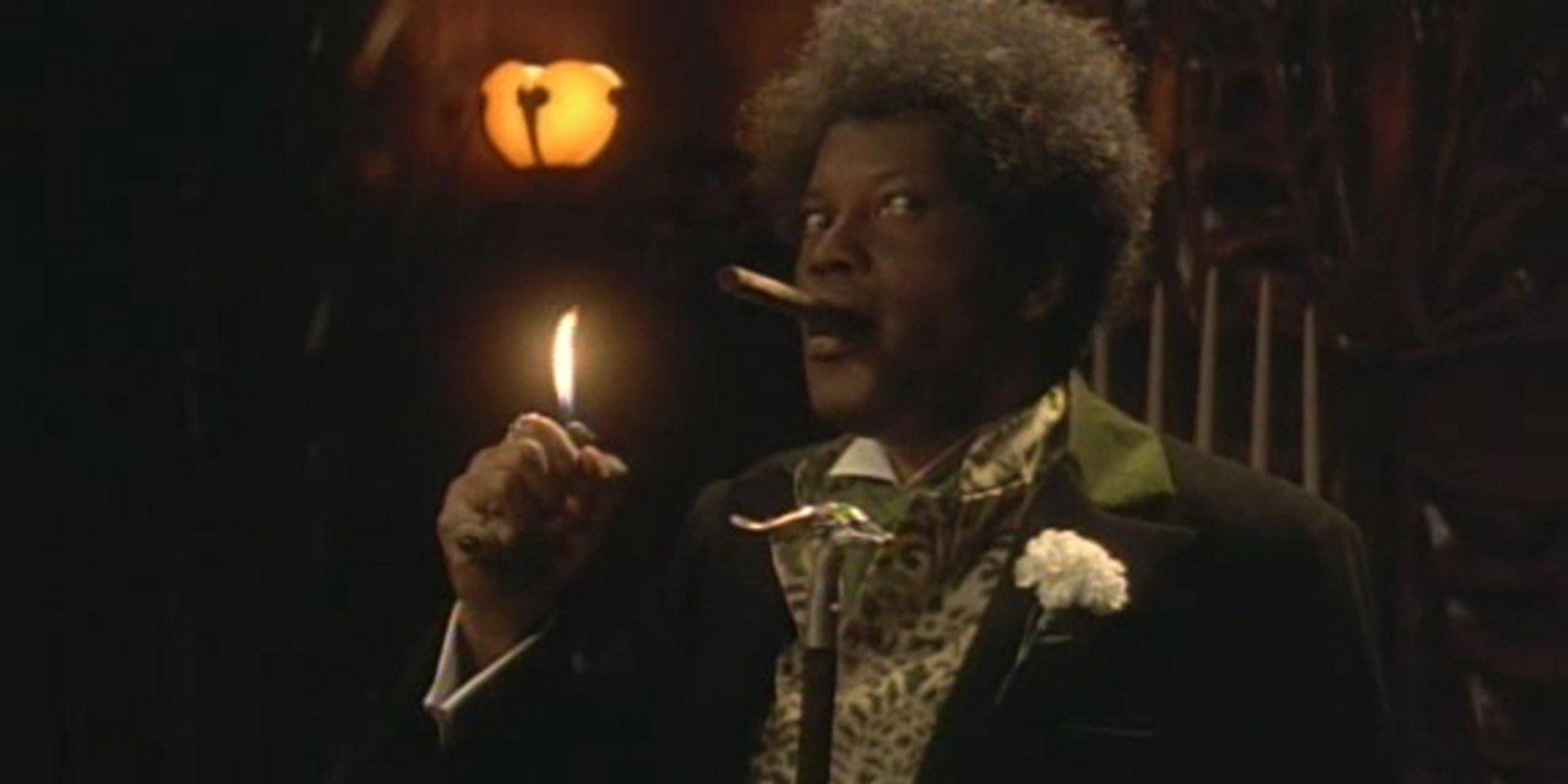
Every single story in this movie is great. The young black police officer who witnesses his brothers in blue frame and kill a community leader only to be haunted by a mural of the slain man demanding his revenge. The quiet kid who talks of the monster who hurts him and his mother late at night in their house. A racist Senator who learns that the old plantation he has purchased as a campaign headquarters is haunted by dolls possessed by the souls of murdered slaves. A violent gang member learns of the aftermath of his wrath.
All tied up with the wrap around story of funeral home director Mr Simms leading three drug dealers around his mortuary as he takes them to a stash of drugs he has come across.
Tales From The Hood goes after big issues. Police corruption and brutality. Domestic violence. Slavery and institutional racism. Drug violence. Things that have destroyed the African American community for generations. The fact that it wraps it in a wildly entertaining anthology made almost 25 years ago is mind blowing.
4. Ginger Snaps
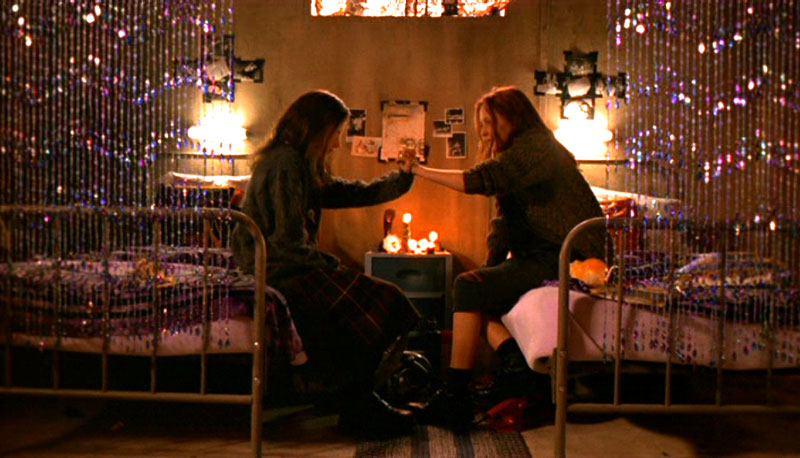
When girls get to a certain age, their bodies go through changes. Parts of them develop in awkward ways that are very visible to everyone around them. That start getting hair in places where it wasn’t before. They grow fangs and start eating people. Very embarrassing.
Using the analogy of becoming a woman with becoming a werewolf is very clever. Both have physical transformation. Both involve wild mood swings. Watching as Bridgette and Ginger stumble their way through both is funny and awkward and empowering all at the same time. And the movie made a star of scream queen Katharine Isabelle.
5. Dawn of the Dead
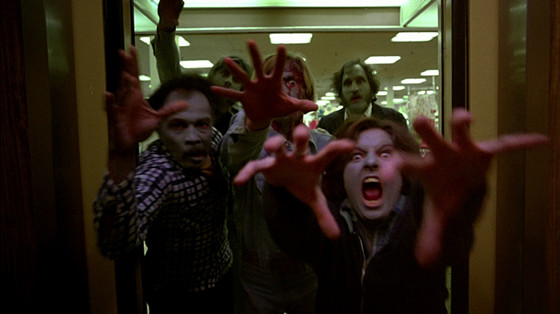
George Romero is no stranger to social subtext. Night of the Living Dead is the first film to have an African American in the lead role. So it comes as no surprise that the sequel to that film treads in the same waters. But while much of the social issues from the original are subtle, those issues are much more front and center in Dawn of the Dead.
Consumerism is the real villain of Dawn of the Dead. The zombies are really secondary for the majority of the film. Our heroes board themselves inside a mall. They live in the lap of luxury while the world burns to the ground just outside their doors.
Romero had often said he was bewildered how people could casually deal with the horrors of Viet Nam and Watergate by distracting themselves with consumption. Romero had thought that even in death people would gravitate towards things that had made them comfortable in life. And in typical Romero fashion the consumption wins yet again in the end. Just escaping its wake of destruction is the closest thing to a happy ending.